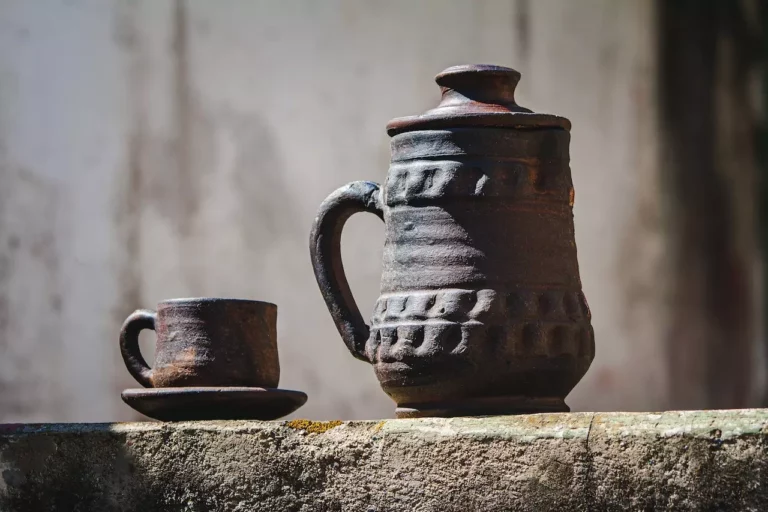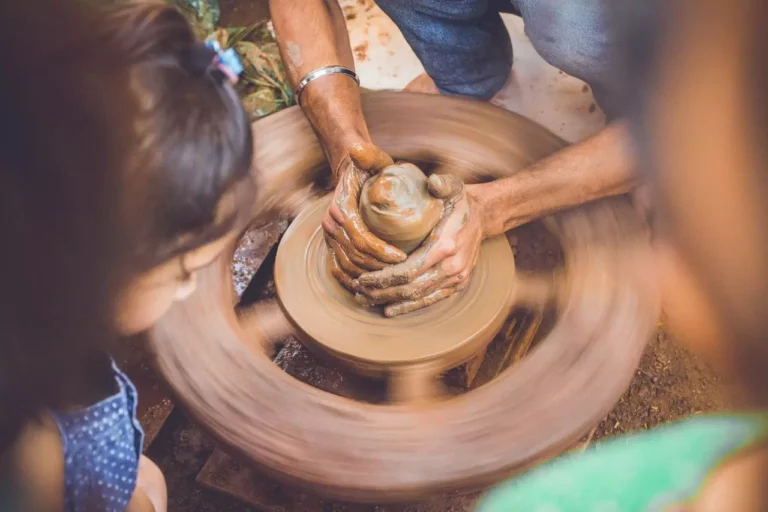Why Are Ceramic Bearings So Expensive
Ceramic bearings are so expensive because they are made of high-quality materials and are designed to last longer than traditional bearings. The ceramic materials used in these bearings are harder and smoother than the metals used in traditional bearings, which makes them more resistant to wear and tear. Additionally, ceramic bearings are less likely to rust or corrode than traditional bearings, which makes them ideal for use in high-performance applications.
Ceramic bearings are made from a harder, more brittle material than steel bearings. This means that they can withstand higher loads and speeds without wear. However, the manufacturing process is more expensive and the bearings are more fragile, so they are typically only used in high-end applications.
CERAMIC BEARINGS VS STAINLESS STEEL BEARINGS | VS EP 9
Are ceramic wheel bearings Worth It?
If you’re wondering whether ceramic wheel bearings are worth the investment, the answer is a resounding yes! Here’s why:
Ceramic wheel bearings are significantly lighter than their steel counterparts, so they help reduce unsprung weight and improve suspension performance.
They also run cooler than steel bearings, which means they’re less likely to degrade from heat and debris build-up over time.
Plus, ceramic bearings are extremely durable and can withstand much higher loads than their steel counterparts.
So if you’re looking for a bearings upgrade that will improve your vehicle’s performance and extend its lifespan, ceramic wheel bearings are definitely worth the investment!
What is a disadvantage of ceramic bearings?
Ceramic bearings have several disadvantages when compared to steel bearings. One disadvantage is that they are more brittle and can break more easily. Additionally, they are more expensive to produce and purchase.
Ceramic bearings also require more precise manufacturing tolerances than steel bearings.
How expensive are ceramic bearings?
Ceramic bearings are not cheap. A good quality ceramic bearing can cost upwards of $100. However, they are much more durable than their steel counterparts and can last many times longer.
This makes them a good investment for high-performance applications where reliability is paramount.
Why are ceramic bearings better than steel?
Ceramic bearings are made from a harder material than steel bearings, meaning they last longer and require less maintenance. They are also lighter in weight, which reduces energy consumption and makes them ideal for high-speed applications. Ceramic bearings also run cooler than steel bearings, meaning they can be used in applications where excessive heat would be an issue.
Ceramic bearings skf
Ceramic bearings are a type of bearing that uses ceramic balls instead of steel balls. Ceramic bearings have a number of advantages over steel bearings, including:
-Lower friction: Ceramic bearings have lower friction than steel bearings, which means they require less energy to operate.
This can lead to reduced overall energy costs.
-Higher speed: Ceramic bearings can rotate at higher speeds than steel bearings, which makes them ideal for high-speed applications.
-Higher temperature tolerance: Ceramic bearings can operate at higher temperatures than steel bearings, making them ideal for applications where high temperatures are a concern.
-Corrosion resistance: Ceramic bearings are resistant to corrosion, which means they require less maintenance and have a longer lifespan than steel bearings.
Ceramic bearings vs steel
Ceramic bearings are made of harder, smoother, and lighter material than steel bearings. They are also corrosion-resistant and can withstand higher temperatures. Ceramic bearings are typically used in high-performance applications.
Steel bearings are made of softer, more pliable material than ceramic bearings. They are also more corrosion-resistant than ceramic bearings. Steel bearings are typically used in applications where there is more vibration and shock.
Ceramic bearings cycling
Ceramic bearings have been used in cycling for many years, but their use has been relatively limited. Ceramic bearings offer a number of advantages over traditional bearings, including reduced friction, increased durability, and lighter weight.
Ceramic bearings are made from a variety of materials, including silicon nitride and zirconia.
Silicon nitride is the most common material used in ceramic bearings, due to its high strength and low density. Zirconia is also used in some ceramic bearings, as it is even lighter than silicon nitride.
Ceramic bearings are typically more expensive than traditional bearings, but their cost has been decreasing in recent years.
Many cyclists believe that the benefits of ceramic bearings justify their higher cost.
If you’re considering upgrading to ceramic bearings, it’s important to make sure that your frame and components are compatible. Ceramic bearings are typically smaller than traditional bearings, so they may not fit in all frames and forks.
You’ll also need to use a different type of grease or lubricant with ceramic bearings.
If you’re looking for a performance edge, ceramic bearings may be worth the investment. Just make sure you do your research to ensure compatibility and proper installation.
Conclusion
Ceramic bearings are said to be around seven times more expensive than steel bearings. The main reason for this is that they are much harder and smoother than steel bearings, meaning they have less friction and last much longer. Ceramic bearings are also said to be more precise than steel bearings, meaning they can spin faster and more accurately.




